Growing Healthcare Expenditure
The US Allergic Conjunctivitis Market is benefiting from the growing healthcare expenditure in the United States. Increased spending on healthcare services and pharmaceuticals has led to greater accessibility of treatment options for patients suffering from allergic conjunctivitis. As healthcare providers invest in advanced diagnostic tools and therapies, patients are more likely to receive timely and effective treatment. This trend is further supported by the rising number of health insurance plans that cover allergy-related treatments, making it easier for patients to seek care. The overall increase in healthcare expenditure reflects a societal shift towards prioritizing health and wellness, which is likely to bolster the market for allergic conjunctivitis treatments. As more individuals seek relief from their symptoms, the US Allergic Conjunctivitis Market is poised for continued expansion.
Rising Environmental Allergens
The US Allergic Conjunctivitis Market is notably impacted by the rising levels of environmental allergens. Factors such as climate change, urbanization, and increased pollution contribute to a higher concentration of allergens in the environment. Pollen from trees, grasses, and weeds, as well as dust mites and pet dander, are common triggers for allergic conjunctivitis. As these allergens become more prevalent, the incidence of allergic conjunctivitis is likely to increase, leading to greater demand for treatment options. According to recent data, the number of allergy sufferers in the US has been steadily rising, which correlates with the growing prevalence of allergic conjunctivitis. This trend underscores the need for effective management strategies and therapies, thereby propelling the US Allergic Conjunctivitis Market forward. The interplay between environmental factors and allergic conditions suggests a complex relationship that will continue to shape market dynamics.
Technological Advancements in Treatment
Technological advancements in treatment options are significantly influencing the US Allergic Conjunctivitis Market. The introduction of novel therapies, including biologics and targeted medications, has transformed the treatment landscape. These innovations not only improve efficacy but also enhance patient compliance, as they often come with fewer side effects compared to traditional therapies. For instance, the development of intranasal corticosteroids and antihistamines has provided patients with more effective relief from symptoms. Furthermore, the integration of digital health technologies, such as telemedicine and mobile health applications, allows for better patient management and monitoring. This shift towards more sophisticated treatment modalities is expected to drive market growth, as patients increasingly seek out advanced solutions for their allergic conjunctivitis symptoms. The ongoing research and development efforts in this area suggest a promising future for the US Allergic Conjunctivitis Market.
Increased Focus on Preventive Healthcare
The US Allergic Conjunctivitis Market is also influenced by the increased focus on preventive healthcare. As awareness of allergic conditions grows, individuals are more inclined to seek preventive measures to manage their symptoms. This shift towards prevention includes lifestyle changes, such as reducing exposure to allergens and utilizing over-the-counter medications. Additionally, healthcare providers are emphasizing the importance of early intervention and education regarding allergic conjunctivitis. This proactive approach not only helps in managing symptoms but also reduces the overall burden on healthcare systems. The emphasis on preventive healthcare is likely to drive demand for products and services within the US Allergic Conjunctivitis Market, as patients become more engaged in their health management. The potential for preventive strategies to mitigate the impact of allergic conjunctivitis suggests a promising avenue for market growth.
Increasing Prevalence of Allergic Conjunctivitis
The US Allergic Conjunctivitis Market is experiencing growth due to the rising prevalence of allergic conjunctivitis among the population. Recent estimates suggest that approximately 15 to 20 percent of the US population suffers from allergic conjunctivitis, with numbers expected to rise as environmental allergens become more prevalent. This increase in cases drives demand for effective treatment options, thereby expanding the market. The growing awareness of the condition among healthcare providers and patients alike further contributes to this trend, as individuals seek medical advice and treatment for their symptoms. Consequently, pharmaceutical companies are motivated to develop innovative therapies, which may enhance the overall market landscape. As the incidence of allergic conjunctivitis continues to escalate, the US Allergic Conjunctivitis Market is likely to witness sustained growth in the coming years.


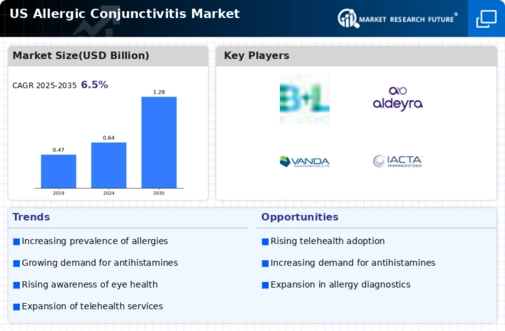
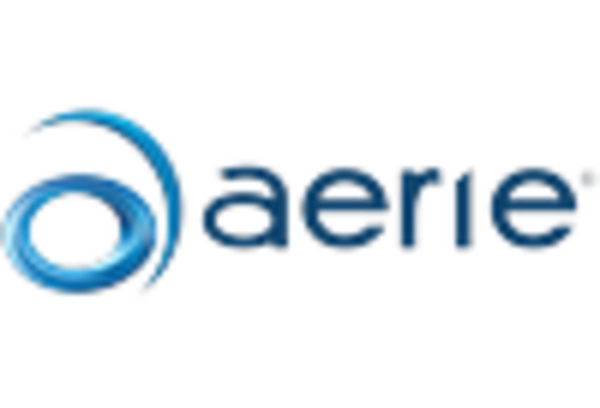
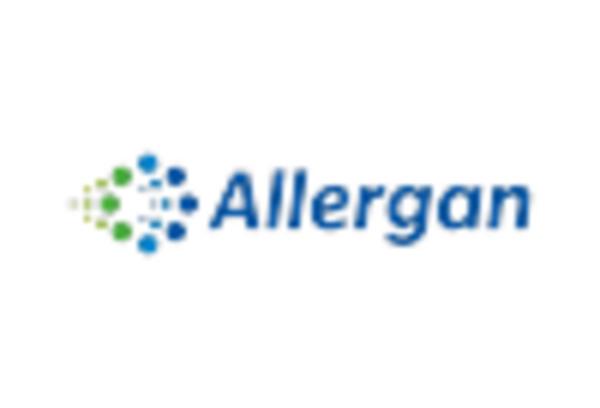
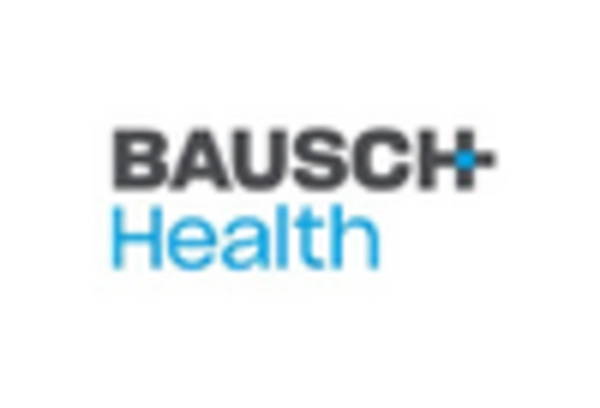

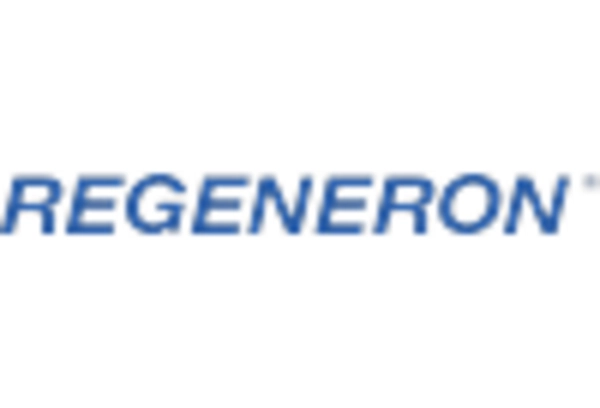
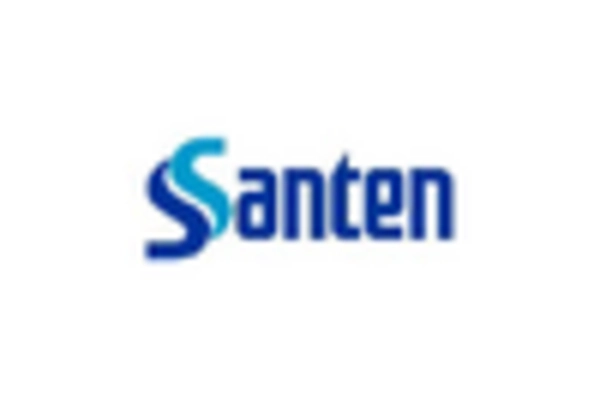








Leave a Comment